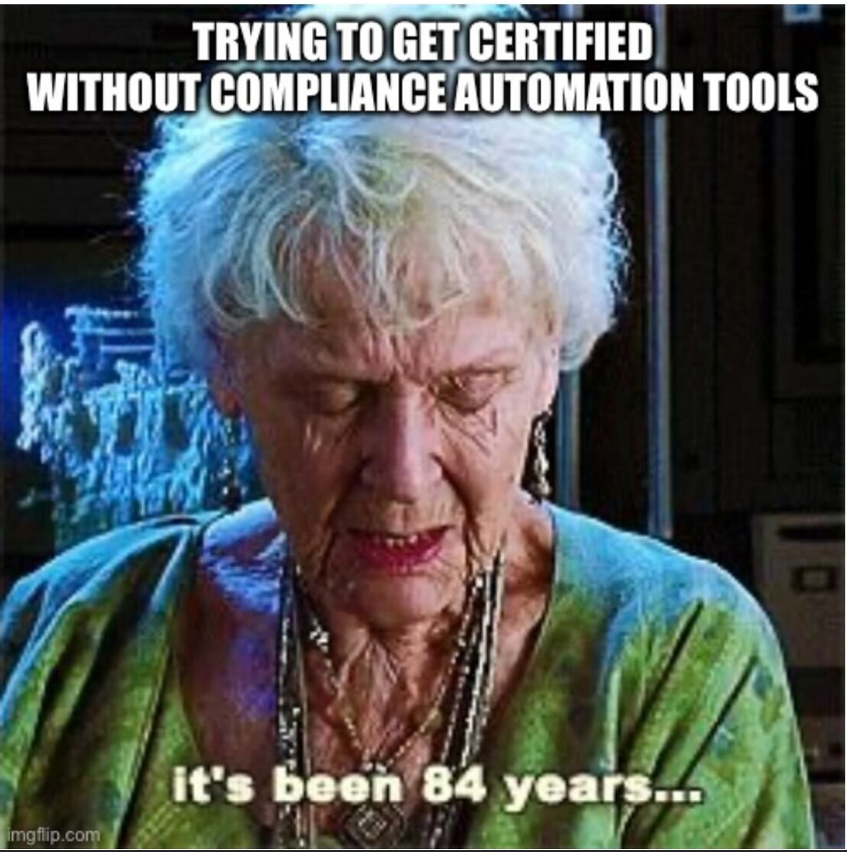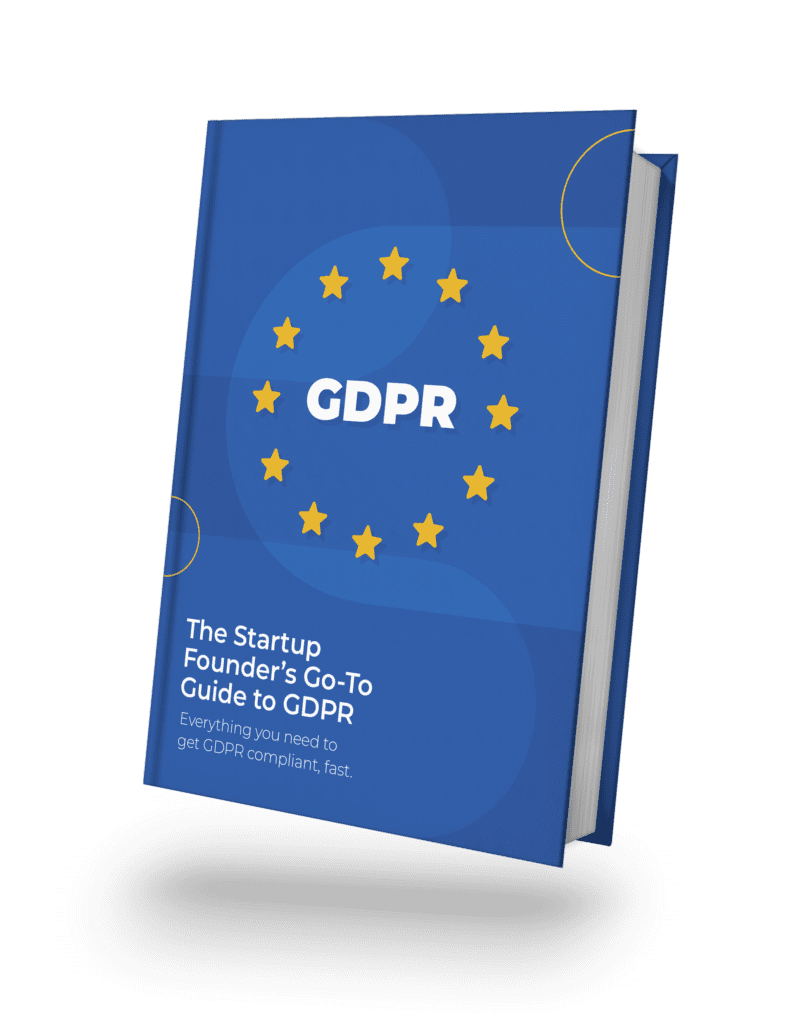Although the evolving technology landscape can provide unprecedented opportunities, it also poses enormous challenges, especially with regard to security compliance. Organizations and regulators are now forced to rethink their attitudes towards innovative (albeit risky) solutions to many gaps in traditional compliance processes.
lets take alook.
The role of technology in reshaping security compliance
With the rapid development and integration of emerging technologies, the security landscape can benefit from significant opportunities for innovation and efficiency. Gone are the days of box-checking compliance, as all organizations are leaning towards a more strategic approach.
However, at the same time, the use of emerging technology raises significant concerns about security, privacy and data protection. This raises the question: Is implementing emerging technology just a case of keeping up with competitors while scaling business operations, or does it really hold profound benefits for the position and position? What about the speed at which regulators can adapt to these new technologies? Compliance will very quickly lag behind technology if they don't act quickly.
Although opinions differ on the role of emerging technology in the compliance landscape, the results speak for themselves. In fact, 93% of respondents in Accenture's Compliance Risk Study agreed that emerging technology, such as artificial intelligence and cloud compliance tools, eliminates human error, automates manual tasks, and proves more effective and efficient.
Additionally, in a recent study, 71% cite early risk detection as the main advantage of using emerging technology in compliance, risk, and legal functions. Other vital benefits include reduced reliance on manual processes, enhanced risk assessment processes, improved investigation response time, and increased business transparency.
This all sounds great in theory, but what does this look like in practice?
Go-to guide General Data Protection Regulation
Everything you need to get GDPR compliant fast.
Benefits of technological innovations in security compliance
For the most part, technology integration can significantly enhance efficiency, accuracy, risk mitigation and threat detection within compliance operations. Some key areas from a governance, risk and compliance perspective include:
Artificial Intelligence (AI) and Machine Learning (ML)
AI and machine learning have been some of the most talked-about topics in recent cybersecurity and compliance discussions (and debates). However, there are indisputable benefits to leveraging these technologies in your compliance measures. For example, AI and machine learning can help organizations improve the management of encryption keys, identify data access anomalies, and automate incident response workflows, improving the efficiency and effectiveness of data protection mechanisms.
AI and machine learning can also improve the speed and accuracy of detecting and responding to data breaches, analyzing big data logs, identifying suspicious activity, or automating incident response workflows.
Do you need quick answers to questions about data protection within AI systems? Meet Scy – your companion robot for all things ISO 42001 compliance.
Blockchain
Blockchain technology is another important tool that helps ensure data integrity. Once data is stored in the ledger, it cannot be changed or tampered with, keeping the data accurate, consistent, and reliable. Furthermore, this enables trust between network participants by validating data without relying on a third party and reducing the risk of fraud, corruption or data manipulation. Each transaction in the ledger is encrypted with a unique digital signature that proves its origin and validity, increasing data privacy.

Challenges and considerations
On the other hand, adopting and implementing new technologies in the security compliance process comes with its share of challenges as new solutions try to fit traditional molds, often causing vulnerabilities and potential risks.
This is particularly evident in the case of ethical AI. The case for ethical AI addresses a variety of pressing concerns, such as what if there is unconscious bias in the algorithm? What if there are errors, flawed design, or even malicious intent? Who owns, uses, analyzes or disposes of the data with the company? What if there is a data or cyber breach? Who is responsible for data in multilateral cooperation projects?
Naturally, these questions may keep compliance professionals up at night. However, it all boils down to poor use of data. With tougher laws and prosecutions, accountability is higher than ever. Fortunately, business leaders aren't the only ones asking the important questions, which is why it's important to stay up to date on the latest developments in AI and compliance regulations — which we dive into in A New Frontier: Redefining AI Compliance Regulations for a New Era.
Best practices for implementing technological innovations
Security compliance can be daunting, especially considering that global organizations often have to manage multiple entities, each with unique regulatory objectives, risks, and compliance programs. However, integrating emerging technologies does not have to increase the burden of obtaining and maintaining security compliance, especially if they do so while prioritizing the right strategic imperatives. The most important considerations that must be taken into account when implementing technological innovations are the following:
Embracing immersion in emerging technologies
Avoidance is far from a strategic and useful compliance (and business) strategy. That's why the first step is to accept that emerging technologies like AI, blockchain, and cyber defense tools have a unique and important role as part of your GRC platform. Not only are they key components for managing non-adherence to controls and better overall compliance management, but they also have unparalleled business value and savings over the long term, which will far exceed the initial investment.
Even the latest compliance technology can have limitations if it is in the hands of untrained personnel. As technology adapts and compliance measures evolve with it, the experience of those using it must also evolve. Make sure to invest in specialized training and take advantage of the opportunity to retrain important team members to hone their skills without becoming a liability.
Final thoughts
As technology advances, so do attitudes toward the unfamiliar. Although a digitally-enabled compliance program that is well integrated across all business functions can maximize value and increase adherence to policies and procedures, it must fall under the control of a team that understands what is expected of them and has the skill set required to harness it. Its strength without exposing the organization to additional risks.
The post The Future of Security Compliance: How Emerging Technologies Are Creating New Rules appeared first on Scytale.
***This is a joint blog of the Security Bloggers Network from Blog | Scytale is written by Melissa Dale, VP of Marketing at Scytale. Read the original post at: https://scytale.ai/resources/the-future-of-security-compliance-how-emerging-technologies-are-setting-new-rules/



